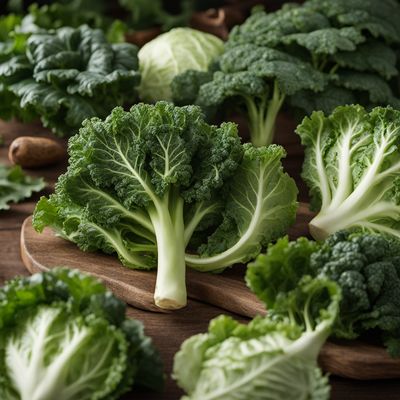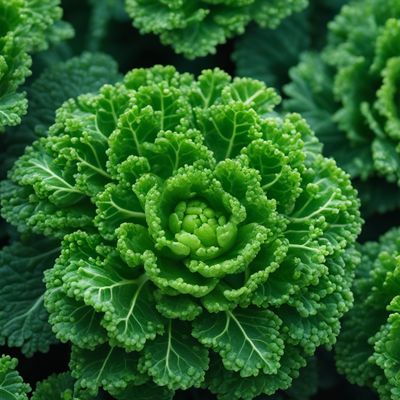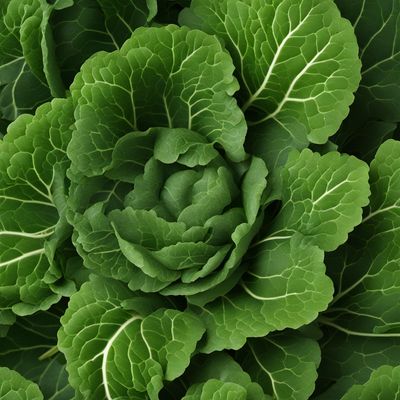
Ingredient
Curly kales
The Nutrient Powerhouse
Curly kales have dark green, ruffled leaves that are slightly bitter and have a chewy texture. They are known for their robust flavor, which can range from earthy and nutty to slightly peppery. These versatile greens can be enjoyed raw in salads, sautéed, or used in soups and stews.
Origins and history
Curly kales have a long history dating back to ancient Greece and Rome, where they were highly valued for their medicinal properties. They were later introduced to other parts of Europe and eventually made their way to North America. Today, they are widely cultivated and enjoyed worldwide.
Nutritional information
Curly kales are low in calories and rich in vitamins A, C, and K. They also provide a good amount of fiber, iron, and antioxidants.
Allergens
Curly kales may contain allergens such as sulfites, which can cause allergic reactions in some individuals.
How to select
When selecting curly kales, look for leaves that are vibrant green, crisp, and free from yellowing or wilting. Smaller leaves tend to be more tender and flavorful. Avoid leaves with signs of insect damage or discoloration.
Storage recommendations
To keep curly kales fresh, store them in a plastic bag or airtight container in the refrigerator. They can stay fresh for up to a week. Avoid washing them until ready to use to prevent moisture buildup.
How to produce
Curly kales can be easily grown in home gardens or containers. They thrive in cool climates and can withstand frost. Sow the seeds directly in the soil or start them indoors and transplant them once the seedlings are strong enough.
Preparation tips
Curly kales can be enjoyed raw in salads, sautéed with garlic and olive oil, or added to soups, stews, and stir-fries. They can also be baked into crispy kale chips or blended into smoothies for an added nutritional boost.
Substitutions
Swiss chard or spinach can be used as substitutes for curly kales. However, they may have slightly different flavors and textures.
Culinary uses
Curly kales are commonly used in various cuisines, including Mediterranean, African, and American. They are often found in dishes like kale salads, kale chips, and hearty soups.
Availability
Curly kales are widely available in grocery stores, farmers markets, and specialty stores. They are cultivated in many regions, including North America, Europe, and Asia.
More ingredients from this category
Recipes using Curly kales » Browse all

Soulful Caesar Salad
Soulful Caesar Salad: A Southern Twist on a Classic Favorite

Jamaican Callaloo Delight
Tropical Greens Medley: Jamaican Callaloo Delight
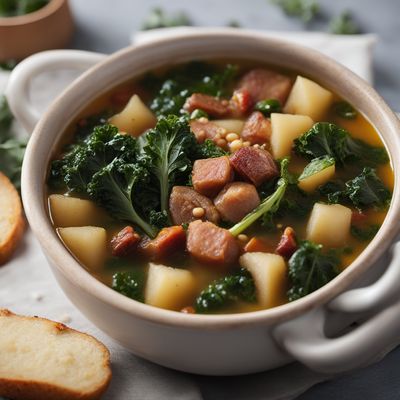
Caldo Gallego with a Twist
Hearty Spanish White Bean Soup with Smoky Chorizo
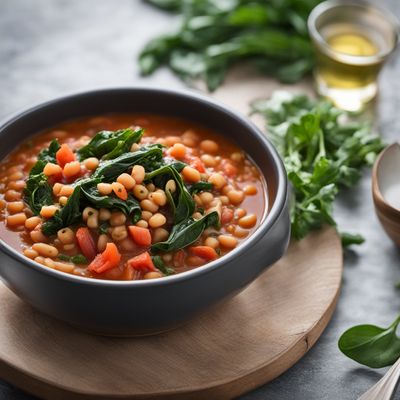
Fagioli alla Maruzzara with Sautéed Greens
Hearty Italian Bean Stew with Sautéed Greens

Huevos Rancheros
Soulful Huevos Rancheros

Soulful Beef Pho
Soulful Beef Pho: A Hearty Twist on a Vietnamese Classic

Soulful Feijoada
A Melting Pot of Flavors: Soulful Feijoada

Soulful Tapas
Soulful Spanish Bites: A Fusion of Flavors
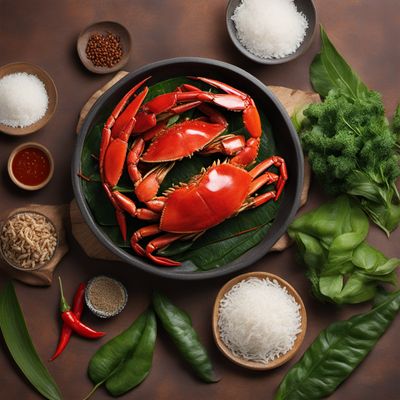
Crab and Callaloo Stir-Fry
Malaysian Chinese Style Crab and Callaloo Delight
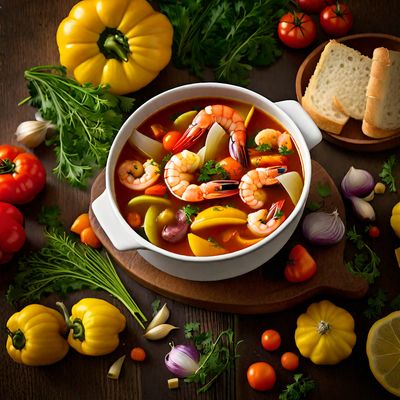
Soulful Bouillabaisse
Soulful Seafood Stew: A Southern Twist on Bouillabaisse

Soulful Southern Breakfast
Soulful Sunrise: A Southern Twist on the English Breakfast

Kentucky-style Meatball Soup
Southern Comfort Meatball Soup

